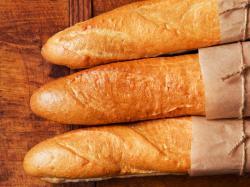Tip Of The Week: Why Is Everyone Talking About Acrylamide?
August 23, 2018 | 1 min to read

In 2002 it was discovered that when some foods are cooked or baked, creating that delicious roasted coffee or brown crust in bread for example, low levels of a product called acrylamide are naturally formed. Acrylamide is classified as a probable human carcinogen. While we have been living with acrylamide in our food for generations, it is clearly undesirable to have such a chemical in our food if it can be minimized. Most people are exposed to acrylamides by ingesting foods such as French fries, potato chips, or coffee. European Union legislation has set benchmark levels for acrylamide in packaged foods.
Any reducing sugar can be involved in creating acrylamide, but it requires a specific building block of protein (a specific amino acid), namely asparagine. The chemical process that causes acrylamide formation is known as Maillard browning. This interaction of an amino acid and a carbohydrate also brings out a range of flavors.
Food companies may need to use a combination of approaches to reduce acrylamide. Changing the types of sugar in the formula, checking all ingredients for acrylamide content, reducing oven or fryer temperatures, and replacing ammonium bicarbonate are some of the successful approaches. Each of these changes will require balancing the total baking system, however.
To read the rest of the story, please go to: AIB International
